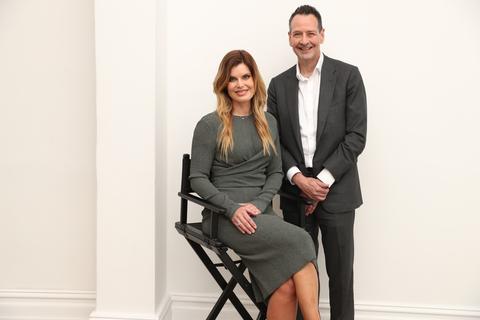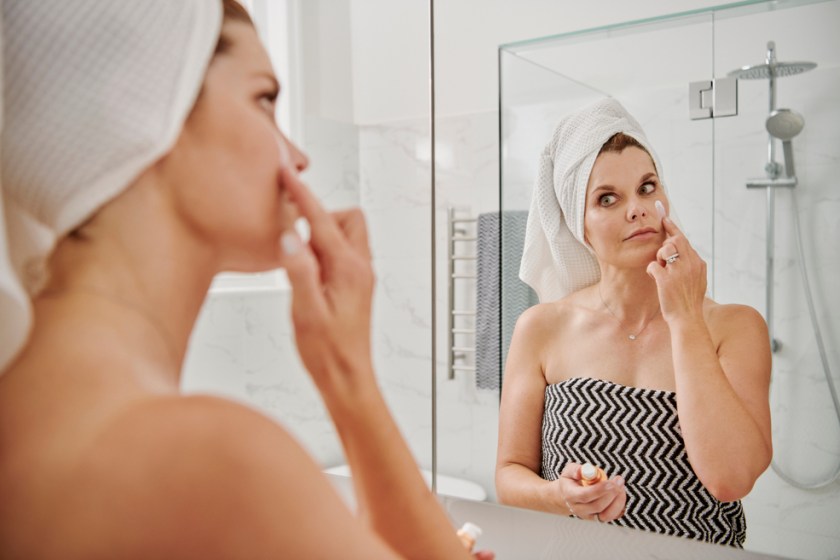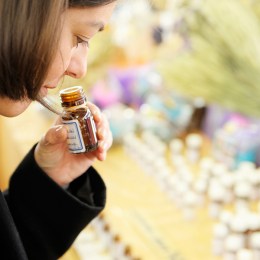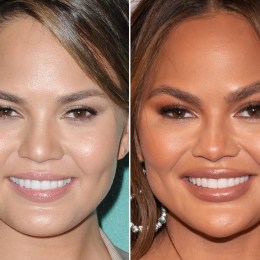Glycation is a definite buzzword right now, and as the global war on sugar rages on (twenty-six countries have already imposed a sugary drinks tax and Australia continues to implement policies and campaigns relating to sugar) we also continue to gain a better understanding as to what sugar is doing to age our skin. SPA+CLINIC decided to chat to Dr Katherine Armour; Dermatologist and co-founder of Bespoke Skin Technology.
Katherine has spent the past decade honing her knowledge in the field of cosmeceutical skincare, recently co-creating cosmeceutical brand Bespoke Skin Technology alongside Associate Professor Greg Goodman, whom she has worked in private practice with since 2009.
“Glycation is an irreversible process which results when sugar molecules attach to proteins such as collagen and elastin, creating crosslinked proteins. The end result is the creation of advanced glycation end products or AGEs. The formation of AGEs in collagen makes the skin stiffer and leads to a loss of the skin’s plumpness. When AGEs affect elastin, the skin is rendered less able to rebound, and is less supple. If we look under a microscope at this elastin, we can see that the elastin is abnormally clumped together. Dermatologists called this finding “solar elastosis.” It is thought that excess dietary intake of processed sugars and poor control of blood sugars leads to glycation.”
“In addition to stiffening tissues, glycated proteins also increase inflammation in the skin by binding to specific receptors for AGEs in the skin (RAGEs). RAGEs are mostly found in the skin, skeletal and cardiac muscle and the lungs.”

“Once glycosylated collagen and elastin are deposited in the skin’s tissues, they cannot be broken down. So, this is another example of prevention being better than cure. We can alter the rate of glycation by lowering our dietary intake of processed sugars and maintaining good control of our blood sugar levels.”
So what exactly can we do to inhibit these glycation changes? Katherine tells us there are several combating ingredients we can utilise:
Carnosine – this is a dipeptide found in muscle and brain, and is a versatile antioxidant. Carnosine can be taken orally or used topically to prevent skin aging.
Alpha-lipoic acid – is a fat and water-soluble antioxidant which can also be used orally or topically.
Glycation inhibitors from marine sources include – phlorotannins and astaxanthin.
There are also numerous botanical ingredients which show promise for glycation inhibition including:
Green Tea
Tumeric
Pomengranate
Apple
Blueberry
Rosemary
Sage
Marjoram
Tarragon
Ginger
Cinnamon
Katherine says that while reducing processed sugar intake is the best way to keep glycation under control, there are other steps that can be taken.
“I believe that controlling our dietary intake of processed sugars and keeping our blood glucose levels well-controlled is the most important way to prevent the signs of skin aging from glycation. After this, sun protection and preventing inflammation from exposure to air pollutants is also crucial.”
As a cosmetics formulator, we asked Katherine if there is anything that makeup can offer in the way of glycation protection. “It’s fabulous that cosmetic companies are adding active ingredients to their formulations,” she tells us. “But, as a dermatologist who formulates skincare, I can tell you that it is very challenging to create a product such as a makeup that would be cosmetically elegant and would also contain enough of most cosmeceutical ingredients to effect clinical changes in the skin. There simply isn’t enough room in a formula achieve this. I personally stick to skincare to deliver my active ingredients, and then choose a luxurious, elegant make up for my complexion needs.”
As Katherine stresses, when considering all of this evidence, it is crucial to limit glycation changes in our bodies both by maintaining added sugar intake, in addition to protecting from other contributing sources of damage like pollution, UV exposure, smoke, etc.





